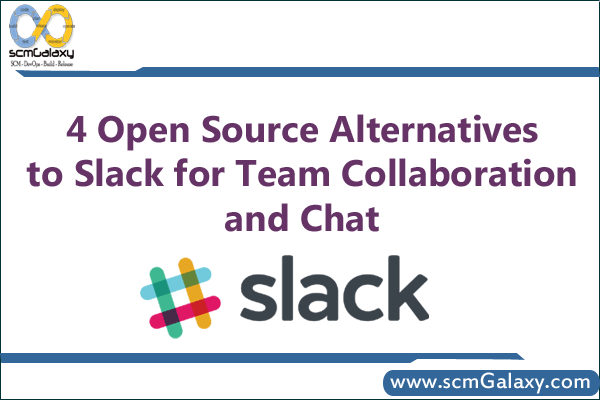
"" assign next assigns the next person in the staff list to a rotation and, optionally, sends a DM to them with handoff information."" assign assigns someone to the rotation and, optionally, sends a DM to them with handoff information."" reset staff clears a rotation's staff list (use with caution!)."" staff adds staff to a rotation a space-separated list of usernames is expected as a parameter with usernames in the order of desired rotation (rotations with a staff list can be assigned using assign next)."" description updates the description for a rotation.delete "" deletes the rotation completely (use with caution!).Technically the description is optional, but everyone will benefit if you provide one. new "" creates a new rotation rotation names can contain only lowercase letters, numbers, and hyphens.The assigned user then receives a DM from notifying them of the message that needs their attention:Īt the time of this writing, Rota supports the following commands: The handoff message is then delivered to the new assignee in a direct message from anyone needs to contact the person who is on-call for any existing rotation, they can easily do so without needing to know who is currently assigned. When assigning the rotation, you can also pass an optional handoff message: Then you can assign someone to the rotation either by username, or by assigning the next user on staff. You can then assign a "staff list" (usernames of everyone who should take part in the rotation, in assigning order):

You can create, name, and describe new rotations: Using Rota, we can set up new rotations, staff them, assign people to be on call, rotate the assignment, and send messages to whoever is currently staffing any given rotation. They could go look up names on a list or a calendar, or they could blast out a message to the entire Slack channel, or use a that notifies everyone on the team, but this is unscalable and highly disruptive, especially as a company grows. Maybe someone outside the rotation needs to contact whoever is currently on-call for a rotated task, but they don't know at any given time who to reach out to. Perhaps an OSS organization has issues that need triage or pull requests that need review these tasks also rotate amongst team members. It doesn't make sense for one person to be responsible for this all the time, so instead the responsibility is shared among team members with one person reviewing each week.

Rota exists to help manage rotations.įor example, perhaps a content team needs blog post drafts to be reviewed each week. And indeed, if I ever took on a role that was not Developer Relations in the future, an internal dev tools team is the first place I could see myself being very happy.Īt many tech companies, teams have a need for regularly staffed rotations. The Developer Tools team at Auth0 builds solutions and toolchains for the company, internally, to vastly improve productivity and workflows within the organization.Īs I moved on to my next fully remote role at Gatsby, I found areas where I could - ostensibly - meaningfully contribute to the internal tooling ecosystem myself. It wasn't until I'd moved onto my next role that I realized had been built custom for Auth0 by Auth0 dev tools engineers. In fact, prior to my arrival at the company, Auth0 had built a Slackbot that was so integrated into the company culture that I thought it was a core feature of Slack itself. I'd like to give a shout-out to my former employer here: Auth0 pioneered my appreciation for automation tools in Slack and their customizability, flexibility, and power for making remote communication and workflows appear to just work, automagically. Improving Remote Work Through Internal ToolingĮver since I started working fully remote 4-ish years ago, I've been interested in the tools and automation that makes peoples' lives easier in tech remote work culture.


 0 kommentar(er)
0 kommentar(er)
